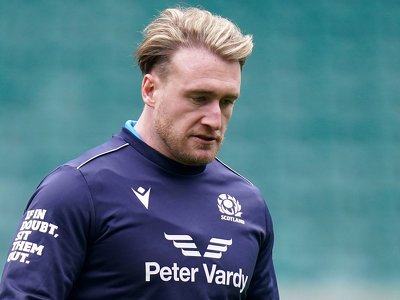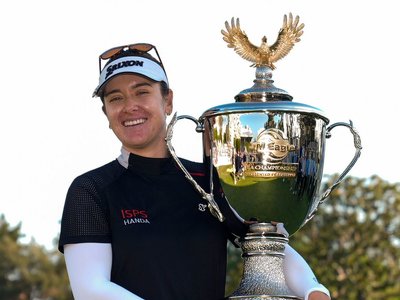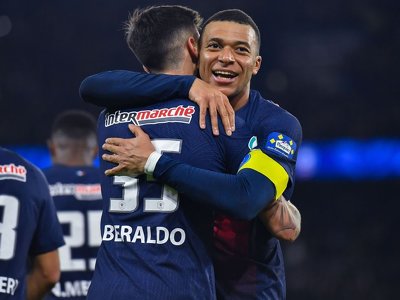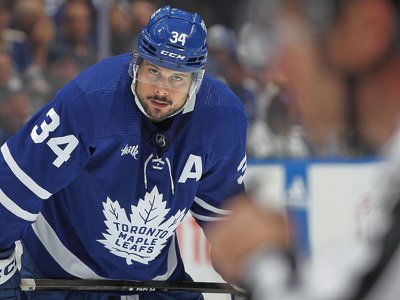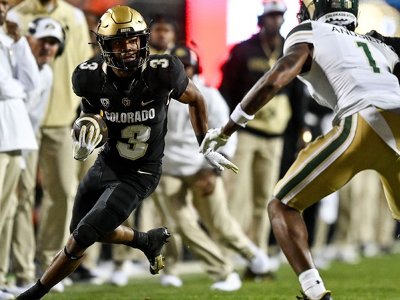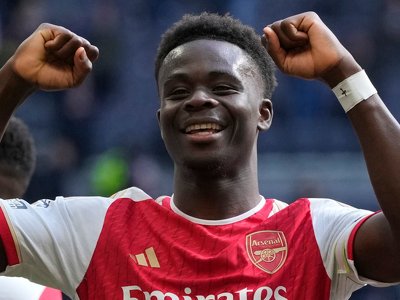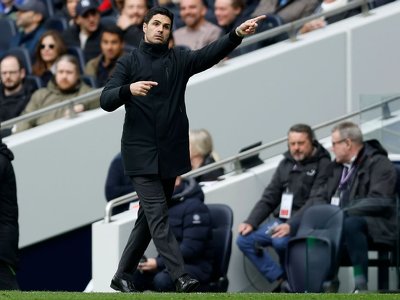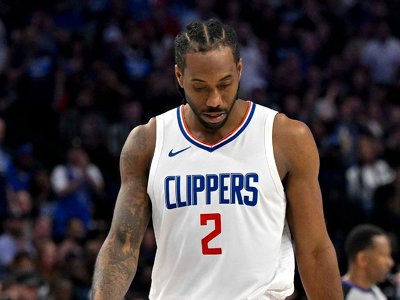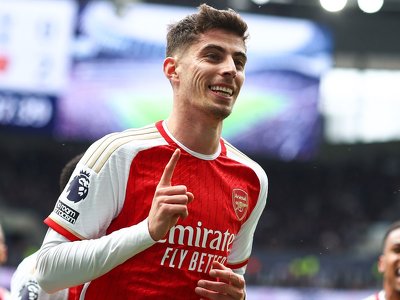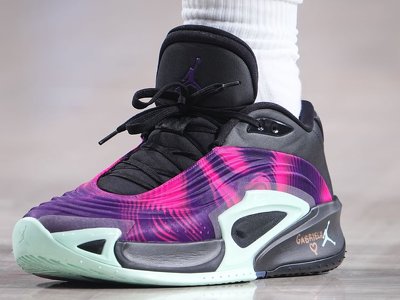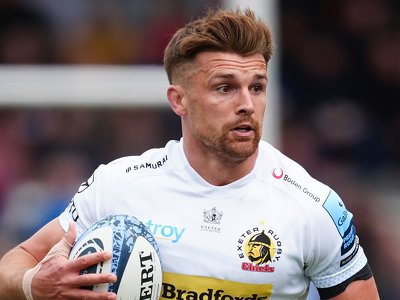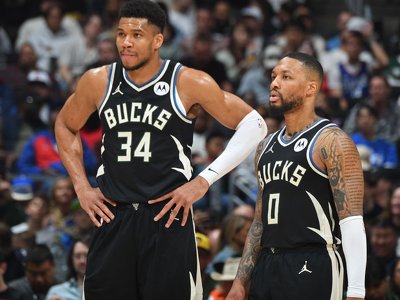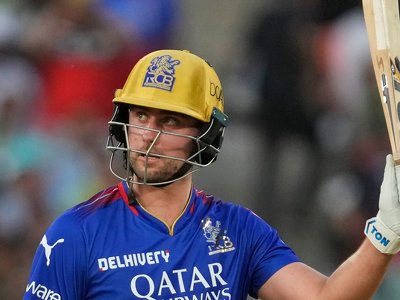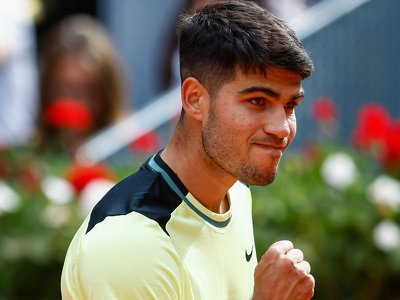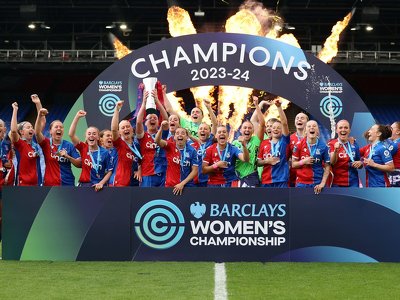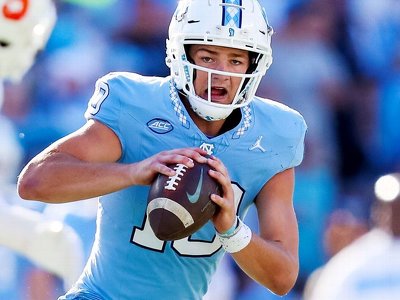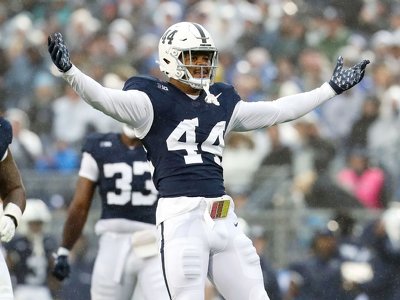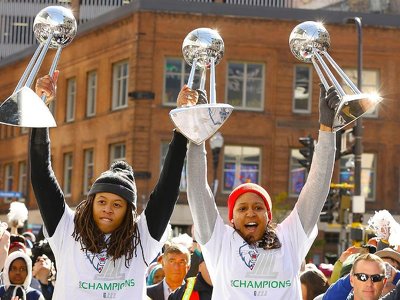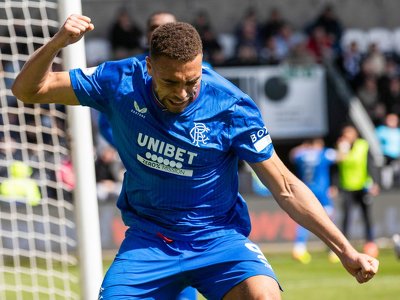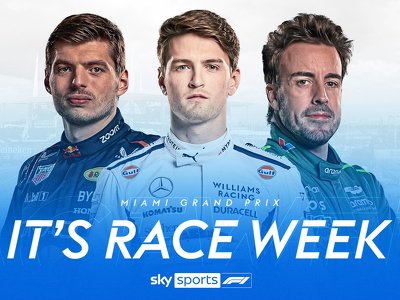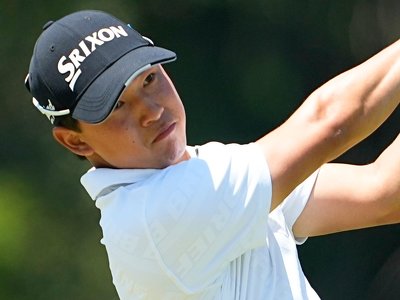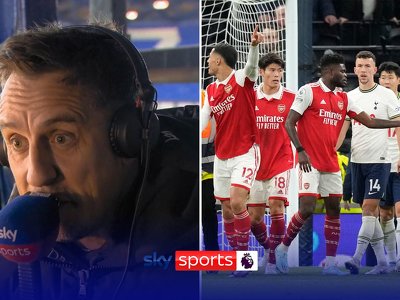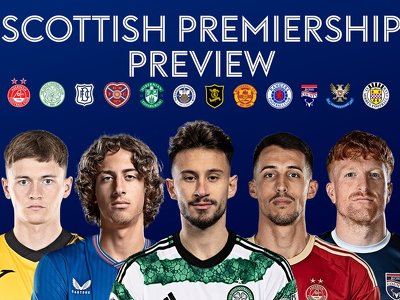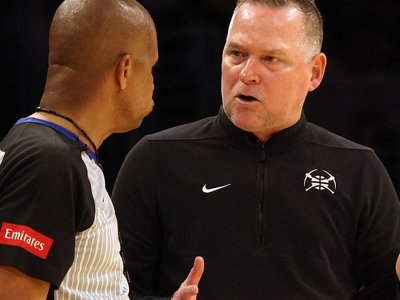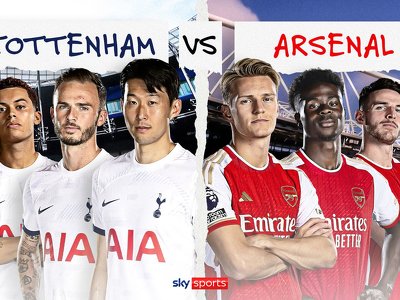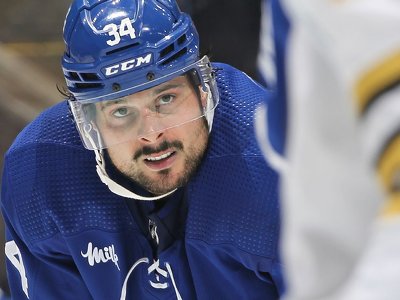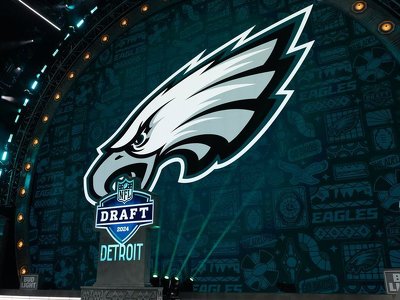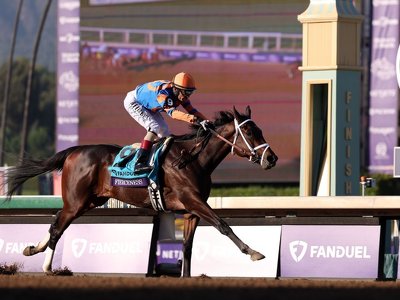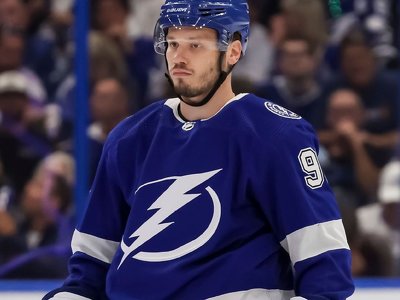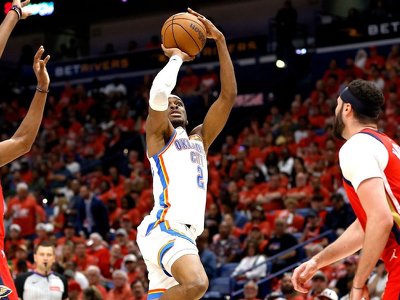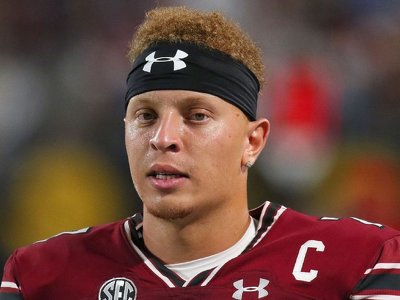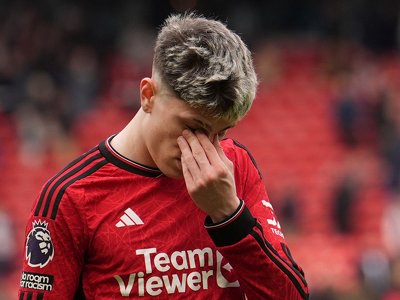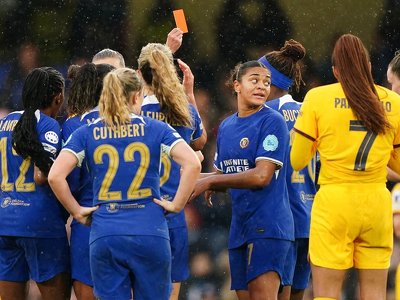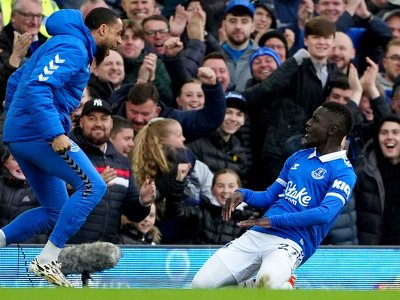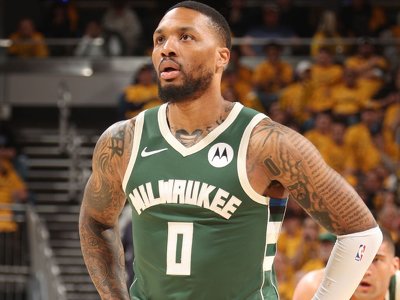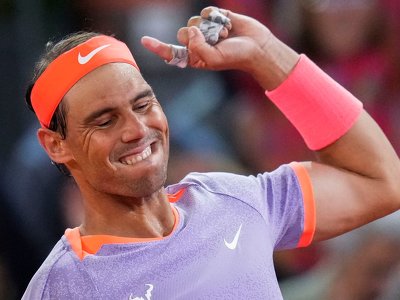2025 draft recap: Best picks, biggest steals and analysis for all 30 teams

The 2025 MLB draft is now complete, so let's take a deeper look at how all 30 teams fared over all 20 rounds.
Starting with the Washington Nationals taking Oklahoma high school shortstop Eli Willits with the No. 1 pick, it was a draft filled with twists and turns. There were many intriguing selections that caught my eye, from Sunday's first round through the final rounds.
Here's my overview of every team's 2025 draft haul, identifying the best value pick, the player who could make it to the majors first and a sleeper to watch. I'll also give you my prevailing thought on every club's full class.
Jump to a team:
AL East: BAL | BOS | NYY | TB | TORAL Central: CHW | CLE | DET | KC | MINAL West: ATH | HOU | LAA | SEA | TEX
NL East: ATL | MIA | NYM | PHI | WSHNL Central: CHC | CIN | MIL | PIT | STLNL West: ARI | COL | LAD | SD | SF
Best value: Nathan Hall (fifth round). He had some buzz a round or two higher than he went due to his big tools: 65-grade speed, center-field fit at 6-foot-3, 200 pounds, plus raw power and solid-average contact rate in the SEC. He barely played at Clemson before transferring to South Carolina this season, so the track record is short and his swing may need some tweaks, but this is a premium ball of clay with real performance in the best conference.
Quickest to the big leagues: Brian Curley (No. 92 overall). He may be the first to make the majors in this entire draft class if he's pushed as a reliever, despite some success as a starter later in the season. His four-seamer and slider are both plus pitches while his attitude and amount of SportsCenter-level reaction on the mound were behind only Liam Doyle this season. The kid is just electric.
Sleeper to watch: There's a nice group in this class. Kayson Cunningham (No. 18 overall, connected here in almost every mock) and Patrick Forbes (No. 29 overall) don't qualify as sleepers and I think everyone who watched college baseball knows Curley.
Dean Livingston (fourth round) could throw 100 mph soon, but will need to see progress in his command and breaking ball. Sawyer Hawks (sixth round) has unique shapes that let his average stuff play up. Joe Ariola (seventh round) has a 65-grade heater and curveball along with the slider to bridge the gap, but his execution needs refining. Luke Doston (11th round) probably isn't a big league starter, but has unique shapes that I think can work in multiple innings of relief.
One big thought: I love the two gambles at the end of the draft: Jacob Parker (19th round; JoJo's brother) might play center field but has 25-homer upside regardless and Ethin Bingaman (20th round) is a real prospect as both a power-hitting right fielder and right-handed pitcher.
Otherwise, the Snakes targeted stuff/athleticism on the pitching side and contact rate on the position player side, which this braintrust has been doing effectively for years.
Kiley McDaniel explains the traits that helped Jamie Arnold get drafted by the Athletics.
Best value: Jamie Arnold (No. 11 overall) was probably the best value of the first round as my No. 5 overall prospect after basically losing a number of coin flips at earlier picks. He was my top prospect entering the spring and underperformed a little because of his fastball locations, which seem fixable. He should be a No. 3 or No. 4 starter with some chance to break into the frontline tier.
Quickest to the big leagues: Zane Taylor (fifth round). He's 23 years old and was a premium senior sign who teams were jockeying to get inside of the top five rounds to set up overpays later. He has three average or better pitches and enough command to continue as a starter.
Sleeper to watch: I'll give you three guys I'm intrigued to see in pro ball: Devin Taylor (No. 48 overall), Gavin Turley (fourth round) and Grant Richardson (sixth round).
Taylor was a comp-round talent who shouldn't have made it to the 48th overall pick and may be an above-average hitter for average and power along with an above-average walk rate. Turley is also a left-field fit and has some swing-and-miss to his game, but has 25-homer upside and excellent feel to pull/lift, along the lines of Colby Thomas. Richardson missed the season with arm surgery, but is a 6-foot-3 lefty with a solid fastball and a killer slider. He could move quickly in shorter stints.
One big thought: The A's did a solid job by stocking up on college performers to deepen the system and selected ones I liked in the first 11 rounds. Arnold and Taylor could be standouts while the others are more role-player types. They added prep lefty Alex Barr (12th round), who is 6-foot-2 and was into the mid-90s at his best, as a potential high-six-figure prep signee if there are savings on the early picks.
Best value: Briggs McKenzie (fourth round). He's certainly going to sign for well over slot, with rumors he was looking for $3 million before the draft. He's a solid athlete with a standout, sweeping breaking ball and starter traits.
Quickest to the big leagues: There isn't an obvious answer, but it'll probably be whichever of Alex Lodise (No. 60 overall), Dixon Williams (fourth round) and Landon Beidelschies (sixth round) takes one step forward developmentally. If Beidelschies is a relief-only development project, then he's a clear answer.
Sleeper to watch: Conor Essenburg (fifth round). He was seen more as a left-handed starter who was likely going to college entering the spring, then hit really well this spring (including a home run off of a Jack Bauer fastball) and got into the third-to-fifth-round area as a hit-over-power corner outfielder who may be just scratching the surface.
One big thought: Cody Miller (No. 96 overall) looks like the major piece of savings to set up the pool to pay for McKenzie. Tate Southisene (No. 22 overall) has the tools to be an above-average every-day player if an adjustment to the setup and load of his swing can work, which is doable. He was a favorite of a number of teams that like to stockpile athletic-testing standouts.
Best value: Wehiwa Aloy (No. 31 overall) was 15th on my final board, and I know he slipped below that because he both chased and missed in zone at a worse-than-average rate -- but he has also been productive at the plate, has plus power and strong ball flight, and will stick at shortstop after playing in the SEC. Getting either the in-zone miss or the chase up to average would be enough to make him an every-day player, and with the potential to be an All-Star.
On the broadcast, I pointed out that the Orioles did something like this with Jordan Westburg, also an SEC infielder with big tools but limited polish at the plate, at almost the exact same pick.
Quickest to the big leagues: There are a few strong candidates here. Ike Irish (No. 19 overall) and Caden Bodine (No. 30 overall) are both polished hitters while Joseph Dzierwa (No. 58 overall) may have the best command in the draft. You can toss out Irish if Baltimore is set on making him a full-time catcher because that will slow down his promotion schedule.
Starting with a new No. 1, let's rank baseball's next wave of stars.Top 50 MLB prospects update »
Sleeper to watch: JT Quinn (No. 69 overall) was one of my favorite college-reliever-to-pro-starter projects this spring and I thought I may be on an island, but he demonstrated why in the Cape Cod League after the season: 3 starts, 14 IP, 13 baserunners, 25 strikeouts. His power sinker/slider/curveball combo are all above average and his delivery/athleticism suggests the strikes could be good enough, even at his 6-foot-6 height.
Cole Johnson (18th round) is an advanced hitter with average other tools in a corner-outfield fit. Hunter Allen (seventh round) is a 6-foot-4, 245-pound righty with three solid shapes and a mid-90s heater that mean he could last for multiple innings despite coming from D2 Ashland.
One big thought: The O's used their draft-best bonus pool to mostly add depth to the system from the college ranks, with two contact-oriented, smaller high school position players in Slater de Brun (No. 37 overall) and Jaiden Lo Re (fifth round). As usual, pitchers were not the priority, but I like the upside gamble on Quinn and certainty of Dzierwa, with Caden Hunter (sixth round) having a chance to join them if he adds a tick more stuff.
Best value: Kyson Witherspoon (No. 15 overall). He seemed ticketed for somewhere between picks Nos. 8 through 12 for half the spring, then seemed to be slipping late in the process as teams prioritized position players and Tyler Bremner and Gage Wood emerged as other collegiate righties.
Witherspoon's short arm circle is unusual but not as unique as it was a decade ago. On the right day, he'll show a plus four-seam fastball and cutter while keeping hitters off balance with a solid-average curveball and good-enough command. Any progress with his other pitches or command and he'll be a midrotation starter.
Quickest to the big leagues: Witherspoon or Anthony Eyanson (No. 87 overall) could move quickly but Marcus Phillips (No. 33 overall, nailed in the mock) has a better chance to be left in shorter stints and get to the big leagues first.
His arm action is a red flag for some teams, but he otherwise has the traits to start, with frontline potential. Does Boston try the risky move of messing with an arm action or let Phillips use his four plus pitches in shorter stints?
Sleeper to watch: I'll give you a sampler platter of interesting picks down the board. Christian Foutch (fifth round) has plus-plus velocity that plays down some because of its shape and uses his cutter more than his splitter, but I think the splitter is better. Dylan Brown (eighth round) is a lefty with a 40- or 45-grade heater but average slider and plus changeup; if you can tease out some velo he may be a back-end starter.
Jacob Mayers (ninth round) was kind of a mess at LSU this year, but racks up strikeouts and has been into the triple digits. Maximus Martin (10th round) has plus raw power and good pull/lift rates along
- Last
- April, 29
-
-
- April, 28
-
-
-
-
-
-
-
-
-
-
-
-
-
-
-
-
-
News by day
19 of July 2025
